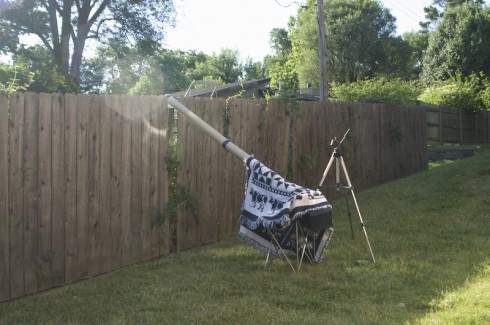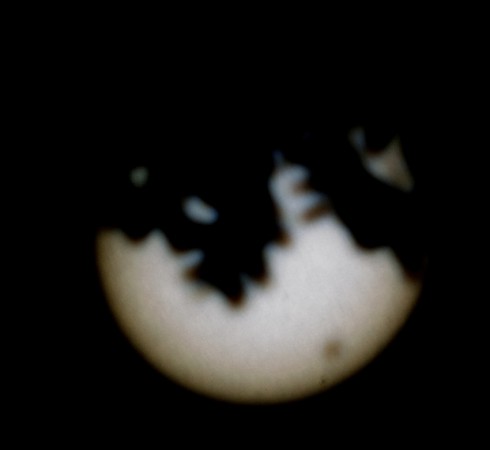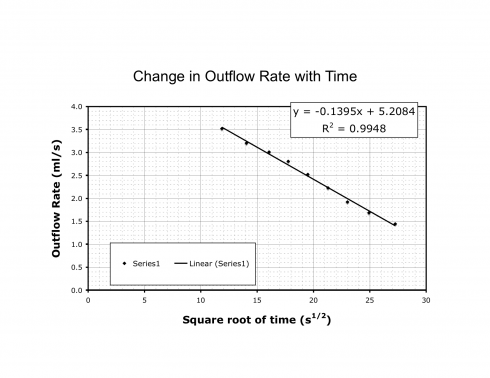The Royal Observatory, Greenwich, explains:
Includes a nice animation of the Doppler effect; explains red shifting of distance galaxies; and how we can use geometry (parallax) to determine the distance to nearby stars.
Middle and High School … from a Montessori Point of View
Letter spacing. Read this.
Two European researchers have demonstrated that increasing the spacing between letters help students with dyslexia read faster, bumping up their reading ability by about a year. Their app for testing your best reading spacing, DYS, is free.
Robert Lee Hotz has the details.
Unlike having to use expensive fonts, like dyslexie, letter spacing is very easy to change on a webpage, and anyone should be able to change the preferences on their browser; for Mozilla Firefox you can change the letter-spacing using User CSS (which is not quite as easy as changing it in the preferences).
Ben Ames explains the science of flames.
It skims over pyrolysis; chemiluminescence, where the chemical reaction (combustion/oxidation) produces excited atoms and molecules that need spit out (emit) blue light to get to their ground state); and the incandescent light emission of microscopic soot particles which produce the yellow parts of the flame.
I’m not sure who the guy chained to the rock is. It might be Prometheus, who stole fire from the gods, but I don’t remember him being sent into hell in the myth.

It’s pretty amazing how ecstatic seeing a simple circle with a little blobby dot can make a person feel. Following Ron Hipschman’s instructions, I installed a small aperture (~0.5 mm) solar projector at the newly established Muddle Home Solar Observatory (MHSO). The kids and I used it, and SunAeon’s app, to observe Venus transiting the Sun. It was, in a word, awesome.

For us the transit occurred late in the day, so by the end we had trees getting in the way.

If it seems odd that the trees are at the top of the image, it’s because the images in pinhole projectors are inverted. If I flip it around the right way, the image would actually look like this.

Vi Hart has some excellent videos where she gives you things to doodle during math class (see her YouTube channel). There’s lots of wonderful geometry and algebra. The Fibonacci sequence video below is a great example:
I hope you think that I am an acceptable writer, but when it comes to economics I speak English as a second language: I think in equations and diagrams, then translate.
— Krugman (1996): Economic Culture Wars in Slate
I sometimes get the question: Why do I have to learn algebra? Followed by the statement: I’m never going to have to use it again. My response is that it’s a bit like learning to read; you can survive in society being illiterate, but it’s not easy. The same goes for algebra, but it’s a little more complex.
Paul Krugman argues for the importance of algebra for anyone thinking about economics, the economy, and what to do about it. Even at the basic level, economists think in mathematical equations and algebraic models, then they have to translate their thoughts into English to communicate them. People who are not familiar with algebra are at a distinct advantage.
There are important ideas … that can be expressed in plain English, and there are plenty of fools doing fancy mathematical models. But there are also important ideas that are crystal clear if you can stand algebra, and very difficult to grasp if you can’t. [my emphasis] International trade in particular happens to be a subject in which a page or two of algebra and diagrams is worth 10 volumes of mere words. That is why it is the particular subfield of economics in which the views of those who understand the subject and those who do not diverge most sharply.
— Krugman (1996): Economic Culture Wars in Slate
P.S. In the article, he also points out the importance of algebra in the field of evolutionary biology.
Serious evolutionary theorists such as John Maynard Smith or William Hamilton, like serious economists, think largely in terms of mathematical models. Indeed, the introduction to Maynard Smith’s classic tract Evolutionary Genetics flatly declares, “If you can’t stand algebra, stay away from evolutionary biology.” There is a core set of crucial ideas in his subject that, because they involve the interaction of several different factors, can only be clearly understood by someone willing to sit still for a bit of math.
SunAeon has a wonderful app that shows what this week’s Venus transit will look like based on your location (see embedded below). If you want to see it yourself, you can build a pinhole projector. More details about the Transit of Venus here.
Having just had the chance to teach the entire upper (secondary) school math curriculum, I’ve been doing a little bit of necessary reflection on how to help students get interested. One of the key things we learned in the Montessori training was just how much more students learn when they’re self-motivated about a topic.
The common theme among all these classes was the use of the math to construct models to better understand the relationships between different things.

In Algebra I the focus is on linear models, like the one my middle schoolers drew from the results of their ice-melting experiment in science (see Figure 1). Another example (that I’ve not posted on yet) is calculating the density of liquids from a graph of volume and mass.
By the time they get to calculus they’re not just dealing with more complex functions, but they’re integrating and differentiating them to derive fundamental relationships.

![]()
Unfortunately, you usually end up with useful applications at the end of the book (or the chapter).
I wonder if it would not be more effective to put the examples in at the beginning. Not just in a little box for, “Why this is useful,” but start with the problem and then introduce the math need to solve it. A bit, perhaps, like Garfunkel and Mumford’s op-ed suggestion for more “real-life problems” in math education.